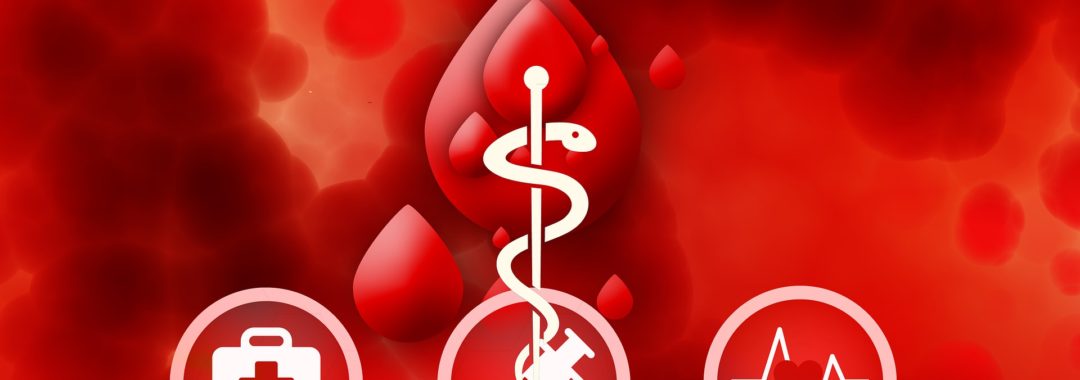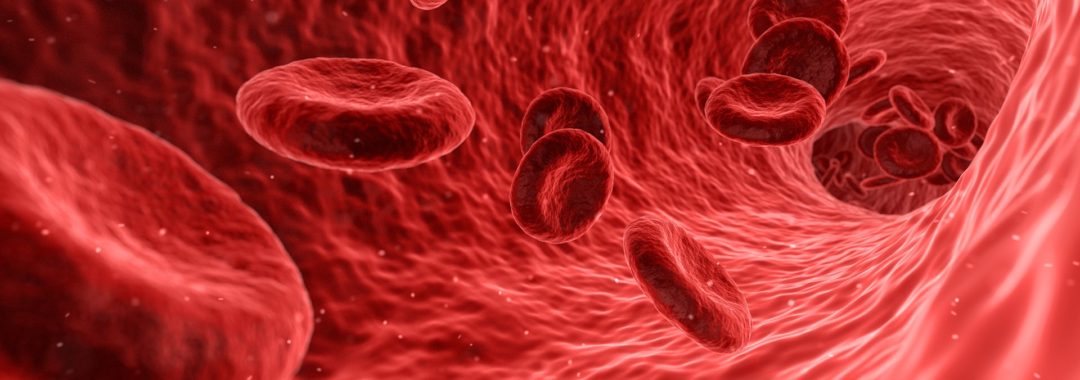One of the common things I am seeing in women of all ages is iron deficiency and anaemia. Many women have very low levels of iron and are unaware of the dangers this may pose to their short term, and long term health.
We are also seeing women being hospitalised and seek emergency help due to iron deficiency and anaemia and this highlights that there is inadequate management and detection of a very preventable condition. It also means that many women are not taking this matter seriously enough and often put off seeking screening and then aren’t having their iron levels managed properly.
I need to let all women know that having low iron can be very dangerous. It is something that should not be glossed over, or taken lightly. Iron deficiency can and does cause short term and long term health complications.
Iron deficiency can raise the risk of the following health conditions
- Coronary heart disease
- Stroke
- Osteoporosis
- Compromised immune system
- Increased risk of infections
- Tachycardia
- Heart failure
- Enlarged heart
- Lung problems
- Muscle aches and cramps
- Restless leg syndrome
- Delayed growth and development (mainly in children)
These are just some of the health issues that being low in iron can cause and it very important that we start educating all women and healthcare providers about the importance of iron.
What are the symptoms of Iron Deficiency and Anaemia?
- Fatigue
- Weakness
- Dizziness
- Fainting, or feeling of feeling faint
- Pale skin
- Breathless
- Frequent headaches
- Palpitations or racing heart
- Easily irritated
- Difficulty in concentrating
- Cracked, or reddened tongue, sore tongue
- Loss of appetite
- Strange food cravings such as wanting to eat dirt, or clay
- Cold hands and feet
- Brittle nails
- Hair loss
- Tingling, or crawling feeling in the legs
Iron deficiency is a very common cause of fatigue and other health issues in women and men, but is more commonly seen in women. Iron deficiency is also the most common cause of anaemia.
What are the causes of Iron Deficiency and Anaemia?
- Heavy menstrual bleeds
- Endometriosis
- Adenomyosis
- Fibroids
- Polyps
- Coeliac disease
- Inflammatory Bowel Disease
- Stomach or intestinal ulcers
- Pregnant and Breast Feeding Women
- Certain Cancers
- Vegetarians and Vegans
- Eating disorders and food restriction
- Girls going through puberty
- Certain illnesses
Heavy menstrual bleeds and gynaecological condition’s such as Endometriosis, Adenomyosis, Fibroids and Polyps are some of the main causes of iron deficiency and anaemia in women. This is closely followed by dietary inadequacies and food and nutritional restriction.
Many women have undiagnosed gynaecological conditions which are the cause of their iron deficiency and anaemia. Some of these gynaecological conditions will require surgical interventions to be diagnosed properly.
How are Iron Deficiency and Anaemia Diagnosed?
Your healthcare provider can organise routine blood tests to test for iron deficiency and anaemia. These will include the following
- Full Blood Count (FBC)
- Iron Studies
These tests will provide the following information on :
- The Total Iron level in your blood
- Ferritin levels
- Total iron-binding capacity (TIBC)
- Iron saturations levels
- The red blood cells size and colour (RBCs)
- The white bloods cells (WBCs)
- Haemoglobin
- Hematocrit ( the percentage of blood volume that is made up of RBCs
- Blood platelets
Other tests
There are other tests to check for the cause of iron deficiency and anaemia and these could include stool analysis (check for blood in stool), endoscopy and colonoscopy ( surgical intervention gastrointestinal bleeding) and laparoscopy (key hole surgery for gynaecological conditions)
Treatments for Iron Deficiency and Anaemia
Diet– A healthy diet that is rich in proteins, vegetable and iron rich foods is the best way to ensure your iron levels stay at optimum levels. A proper diet should include leans meats, seafood, nuts, seeds, healthy oils, green leafy vegetables and other coloured vegetables, and moderate fruit intake.
Supplements– Supplements will help to keep iron levels and vitamin B12 levels in optimum ranges. Iron supplements are very much needed if you are vegetarian, or vegan. There is now research to show that women who experience fatigue will benefit from supplemental iron, even if their iron levels and ferritin are within normal range. Those with heavy menstrual cycles, or those whom have inflammatory bowel issue should also be supplementing
NB- All iron supplements should be taken with vitamin C to help with absorption. Many iron supplements also cause constipation and therefore you should get a good one that does not interfere with your bowel habits and is more easily absorbed. Many of the mineral based iron products are not absorbed well and do cause gastrointestinal upset.
I always recommend a specific practitioner only brand to my patients because it is better absorbed, and it does not interfere with the bowel habits.
Iron Infusion– Sometimes when iron gets too low, supplements just will not be enough to get iron levels up to where they should be quick enough. This is where iron infusions can be very effective. Please see my post on when you need to use and iron infusion. (Click here)
Treating the underlying cause of bleeding
Supplements will not help if the cause of the iron deficiency and anaemia is from excessive bleeding. It may help a little, but it will not be enough. Even iron infusions will only be short lasting if you don’t treat the underlying cause of the bleeding issue. Extreme cases may even need a transfusion to get iron levels and blood levels back up to optimum. This is why it is important to screen for underlying gynaecological conditions that can cause heavy and excessive bleeding.
If you are getting low in iron if means there is something wrong and there is a deficiency that needs to be addressed. Please do not take iron deficiency lightly and always be prompt to find the causes and restore optimum levels of iron in the body.
Prevention is a must
Prevention is always the best way to treat any health condition and this goes for iron deficiency as well. Ensuring you eat a healthy diet with iron rich diet is a great start. As said before, vegetarians and vegans are going to have to supplement and work really hard with their diet to ensure they get adequate iron. Even then it can still be hard as plant based foods just do not have the iron levels that meats, eggs and seafood’s have.
Make sure you also have lots of vitamin C in your diet to help with iron absorption and it is a good idea to supplement with vitamin C to ensure you get the right daily intake.
Final Word
If you do think you might be low in iron or have anaemia, please make sure you talk to your doctor, or your healthcare practitioner. Please do not supplement with iron without checking your levels first. Having too much iron can be dangerous and you also need to make sure you do not have hereditary high iron (haemochromatosis), which can present with the same symptoms as low iron.
If you are found to be low in iron, then please make sure you take prompt action to restore your iron levels and also make sure you are screened as to why you are low in iron in the first place.
Iron deficiency and Anaemia can be very serious and should never be taken lightly. Please always consult with your doctor, specialist, or healthcare practitioner for the most effective ways to keep your iron levels in healthy ranges.
Take care
Regards
Andrew Orr
-No Stone Left Unturned
-Women’s and Men’s Health Advocate
-The Women’s Health Experts

